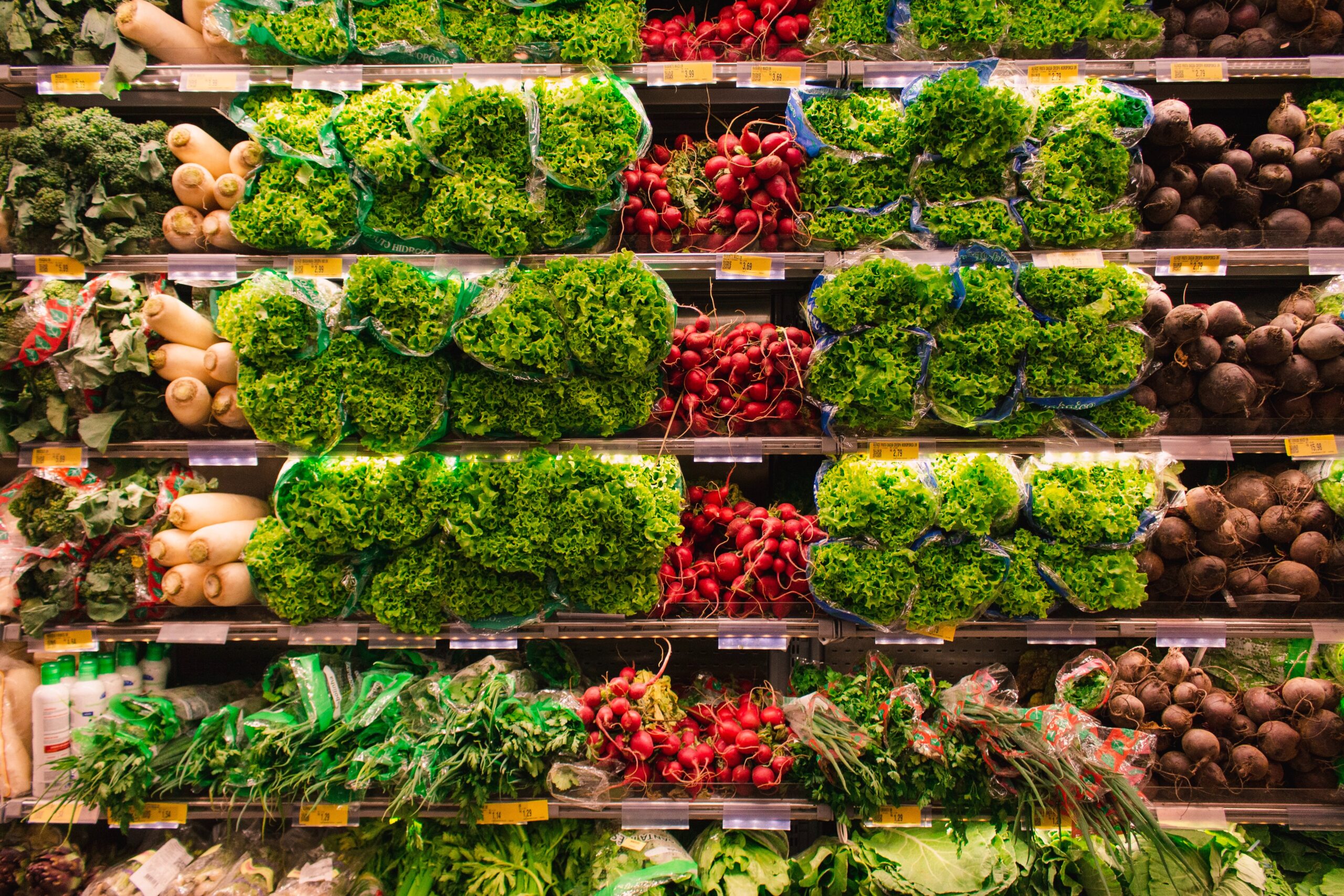
USDA Partners with Ozarks Food Harvest to Feed Local Communities
Did you know the U.S. Department of Agriculture (USDA) partners with, and depends on, Ozarks Food Harvest to be the largest food supplier to our neighbors facing hunger in southwest Missouri? Its long and trusted partnership with the USDA has made a huge impact on the number of nutritious meals provided through its network of 270 community and faith-based charities. That dramatic impact is what makes this year’s Farm Bill so important for families served by Ozarks Food Harvest.
Revisited by Congress every five years, the Farm Bill is legislation that governs an array of farming and food programs for the United States. The bill is vital to Ozarks Food Harvest because nearly 80 percent of the Farm Bill’s funding goes to nutrition programs such as The Emergency Food Assistance Program (TEFAP) and the Supplemental Nutrition Assistance Program (SNAP); two of the most effective programs to help end hunger in southwest Missouri.
TEFAP helps food banks bridge the food gap for working families who need immediate nutrition assistance. Ozarks Food Harvest distributed 6.3 million pounds of TEFAP food last fiscal year across a third of the state to help families get back on their feet. This represents more than 5.2 million meals on our neighbor’s tables just last year. All TEFAP food is sourced from American farmers and manufacturers, which helps provide much needed monetary support to producers across the U.S.
SNAP is another essential feeding program because it helps working families afford food while providing an economic stimulus to the community. Bart tells me this program provides 9 meals for every 1 meal distributed by food banks like Ozarks Food Harvest. For example, SNAP provided food assistance to nearly 325,000 families in Missouri in 2022. Please keep in mind, the majority of SNAP recipients are hard-working people whose income level just doesn’t cover all their basic needs. Thanks to the SNAP program, these families were able to stay in the workforce during record high food, energy and housing costs. On top of that, $1.4 billion was injected into our economy through families using their SNAP benefits at local retailers. Those benefits helped keep our local economy strong and provided jobs to farmers, truck drivers and grocery store workers across the state.
Now more than ever, it’s important to remember that people who struggle with hunger are not just a statistic; they’re our neighbors, friends and family members. They just need a little help to get back on their feet when life brings unexpected events.
“You have to do what is needed to take care of your family; food stamps (SNAP) helps a lot,” shared seventy-four-year-old Violet, a recipient of SNAP in southwest Missouri. “Sometimes people need help. Please don’t keep a family from eating.”
Please join me in contacting your Congressional representatives today through their websites. Ask them to make hunger relief a priority in your community by supporting a strong Farm Bill that
provides renewed investment in these efficient and impactful programs.
Sen. Josh Hawley, hawley.senate.gov;
Sen. Eric Schmitt, schmitt.senate.gov;
Rep. Eric Burlison, burlison.house.gov.